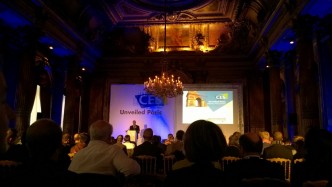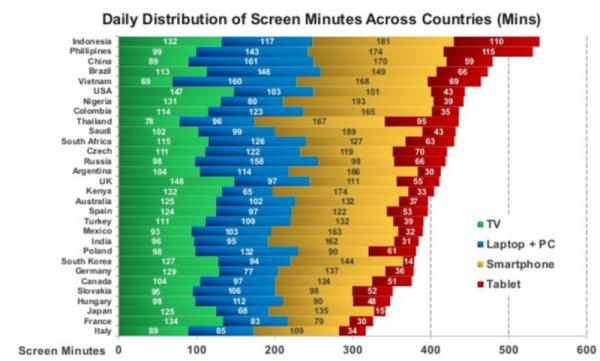 I was at the CES unveiled Paris earlier this week, and unsurprisingly most of the trends for 2015 are evolving around wearable technologies. The difference between digital and physical space is getting smaller, creative 3d printing is shaping industrial design, and anything that can be connected will be connected and sensorised. 2015 is a year of fragmented innovation, with companies rethinking basic logic and bringing new ways to do old things. It is also a year of Internet of Me and big data.
I was at the CES unveiled Paris earlier this week, and unsurprisingly most of the trends for 2015 are evolving around wearable technologies. The difference between digital and physical space is getting smaller, creative 3d printing is shaping industrial design, and anything that can be connected will be connected and sensorised. 2015 is a year of fragmented innovation, with companies rethinking basic logic and bringing new ways to do old things. It is also a year of Internet of Me and big data.
One of the most interesting examples of rethinking new processes by using wearable data was Netflix. They already provide recommendations based on data (such as your genre, age, past behaviour and taste), friends’ recommendations, segmentation and complex algorithms. Let’s imagine that Netflix could also detect via your wearable bracelet that you are returning home depressed, and suggests movies based on your mood. Let’s imagine that Netflix could see via web cam whether you are alone, with your friends or with your partner, and base film suggestions on that. Let’s imagine Netflix could put all this data together to bring you very accurate, customised suggestions based on your mood and the person who you are with.
All this sounds far fetched, but is it really? We are already starting to get used to more and more customised browser experience, especially on Google. We get suggestions and information based on our calendar, previous searches, social likes, location, personal taste, key words we are using in social posts. websites we have visited, and much more. Plus, thanks to cookies and re-targeting, we also see advertising based on above across all the channels, from social to websites to mobile.
We allow this to happen, because we are curious beings and have always wanted to know who we are and what we really want. Why do you think personality tests and horoscopes are so popular for decades? Why do you tend to click career advice posts on LinkedIn? We are extremely fascinated to find all about us, and to know how we can perform better. We want advice, which is personal and customised just for us. We want products and services, which suit us as individuals. We want offers, which are tailored for us.
We are equally becoming more obsessed with sharing our “Internet of me” results with the rest of the world. We want to shout the world: look this is ME, this is who I am, this is what I do, this is MY life. It is not any more enough to satisfy our own curiosity, but we want to offer an idealised picture for the public – even if it means taking hundreds of selfies. Wearable technologies allow us to satisfy both our curiosity as well as our need to broadcast our personal life. This doesn’t mean that we will share everything – although there is always someone who will – because we want to show that we are smart, funny, and successful, and therefore will share only information that will enforce that idealised picture.
Wearable technologies have been criticised for being slow to kick off, but if you manage to tap into these two obsessions of ours, your product might become a hit. As a marketer I’m excited of the new possibilities, but as an individual … I’m not. The line between private and public information is getting blurred, and we are already sharing more information than we should, especially among younger generation. It would not surprise me if within 10 years Netflix will actually have a video camera access to our living room.
Wearable technologies will boost our narcissism, and help us discover who we are. However, the ironic fact here is that for companies we will always be part of a segment, however individual we would like to be.
See my video presentation here:







